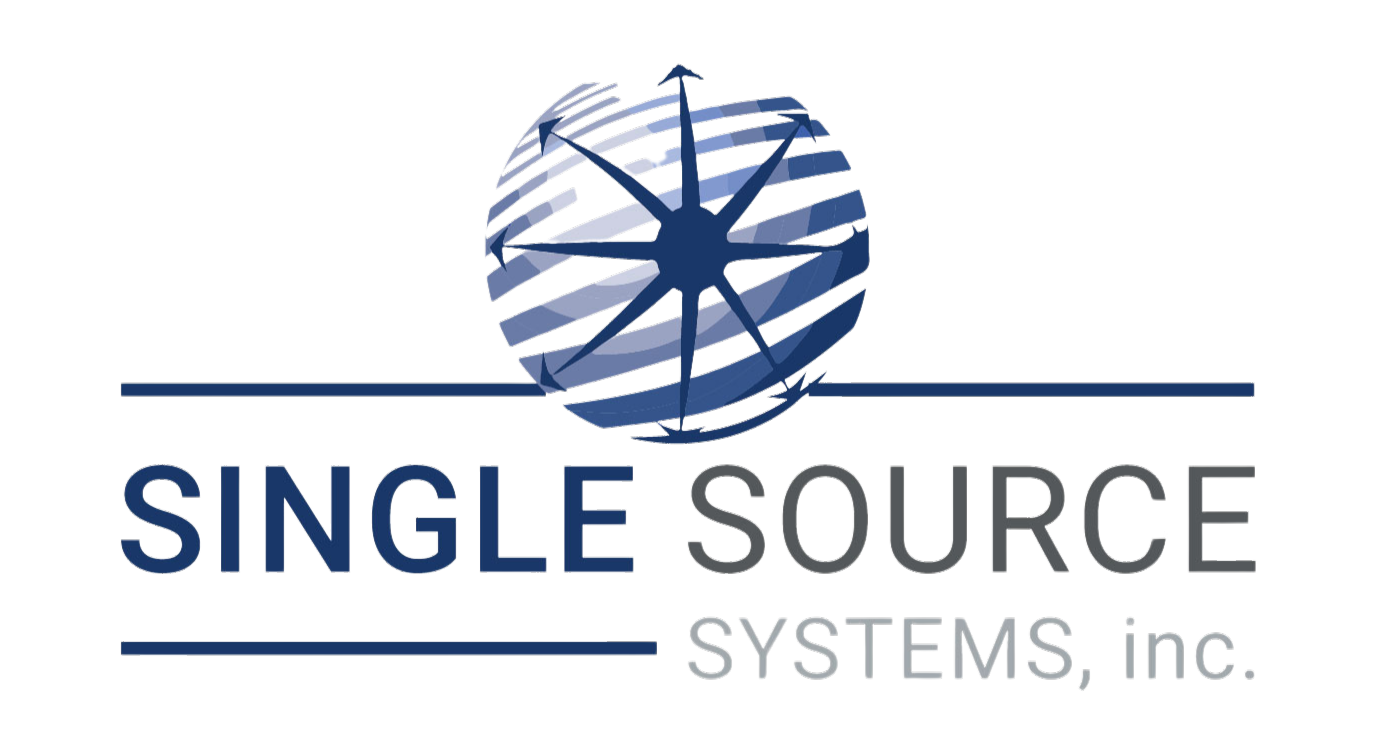When many people hear the phrase “a single version of the truth”, they may be tempted to view it as nothing more than marketing jargon. “SVOT” (as it’s come to be acronym-ized) sounds like some kind of high-tech Rosetta stone, promising reports with exceptional insight that would lead to uber-clarified decision-making.
But . . . what ‘truths’ are we talking about? And how are we supposed to distinguish a ‘single’ version of the truth from ‘multiple’ versions?
Defining “Single Version of the Truth”
First, in the SVOT context in ERP reporting, the word ‘truth’ refers to how an organization’s business is doing. It includes statistics like:
- Sales revenues
- Gross profits
- Cost of goods sold
- Cash flow projections
These stats reveal a key aspect of the SVOT phrase; the ‘truth’ of a business isn’t a single stat – it’s lots of them — each statistic having its own “truth”.
These stats reside within an organization’s reports as metrics, each containing a formula or calculation. Thus . . . a ‘truth’ becomes equivalent to ‘a calculated metric’.
Next, we come to the second part of the SVOT phrase: ‘a single version’. To understand this – we need to consider how a calculated metric is defined for use in a report.
For example, let’s take a look at gross profit. Gross profit is typically defined as “the sales price minus cost of goods sold (COGS)”. That seems simple enough until one next attempts to define COGS and runs into questions like whether to include shipping or advertising as part of the COGS calculation (just two examples of many possible variations).
A calculation like COGS is almost always defined within each report (or spreadsheet) in which it’s used. So – while a manager might define COGS to be exclusive of shipping or advertising, a C-level executive might define COGS to be inclusive of those items.
The resulting problem?
Two reports that show different results for the same calculation — different versions of ‘the truth’ regarding gross profit and COGS. And, despite best intentions, it’s impossible to avoid this kind of ‘multiple truths’ situation when calculations are defined within each report. Consider that:
- Not all reports are designed or maintained by the same person
- Calculations change . . . and not all related reports get updated
- Mistakes (and typos) happen
The real challenge with multiple versions of the truth comes when upper management needs to make strategic decisions. They may make the wrong decision because they assume the report is telling them one thing when it’s really telling them something else.
(And consider the sheer number of different calculations and formulas used in reports!)
In order to make the right decisions, the calculations and formulas used within reports must be based on consistent, incontrovertible truths. That’s achievable only via a technology called “centralized analytics”.
What are Centralized Analytics?
Think of centralized analytics as a ‘consistency insurance policy’ for reporting metrics. This policy ensures that all formulas and calculations are consistent across all reports.
As a key component of DataSelf’s BI-based Reporting™ for Acumatica, centralized analytics enable businesses to forego the necessity of defining each metric individually within every report that uses it. Instead, all calculations and formulas are defined in one place and kept on a centralized server.
This ensures that all reports that use a specific calculation or formula all use the same calculation. Should changes need to be made to a metric, they are made once (on the server) and all corresponding reports are immediately updated by the system.
When it comes to reporting, it’s often thought that more metrics equal better decision-making. But beware; for any given metric there can be only one truth. DataSelf empowers businesses with a technology that enables them to define their truths – and confidently base their decisions on them. This is the Superpower of One – a true single version of the truth!
Learn more about the difference between ERP and BI-based Reporting for Acumatica here.






































